HOCl Publications
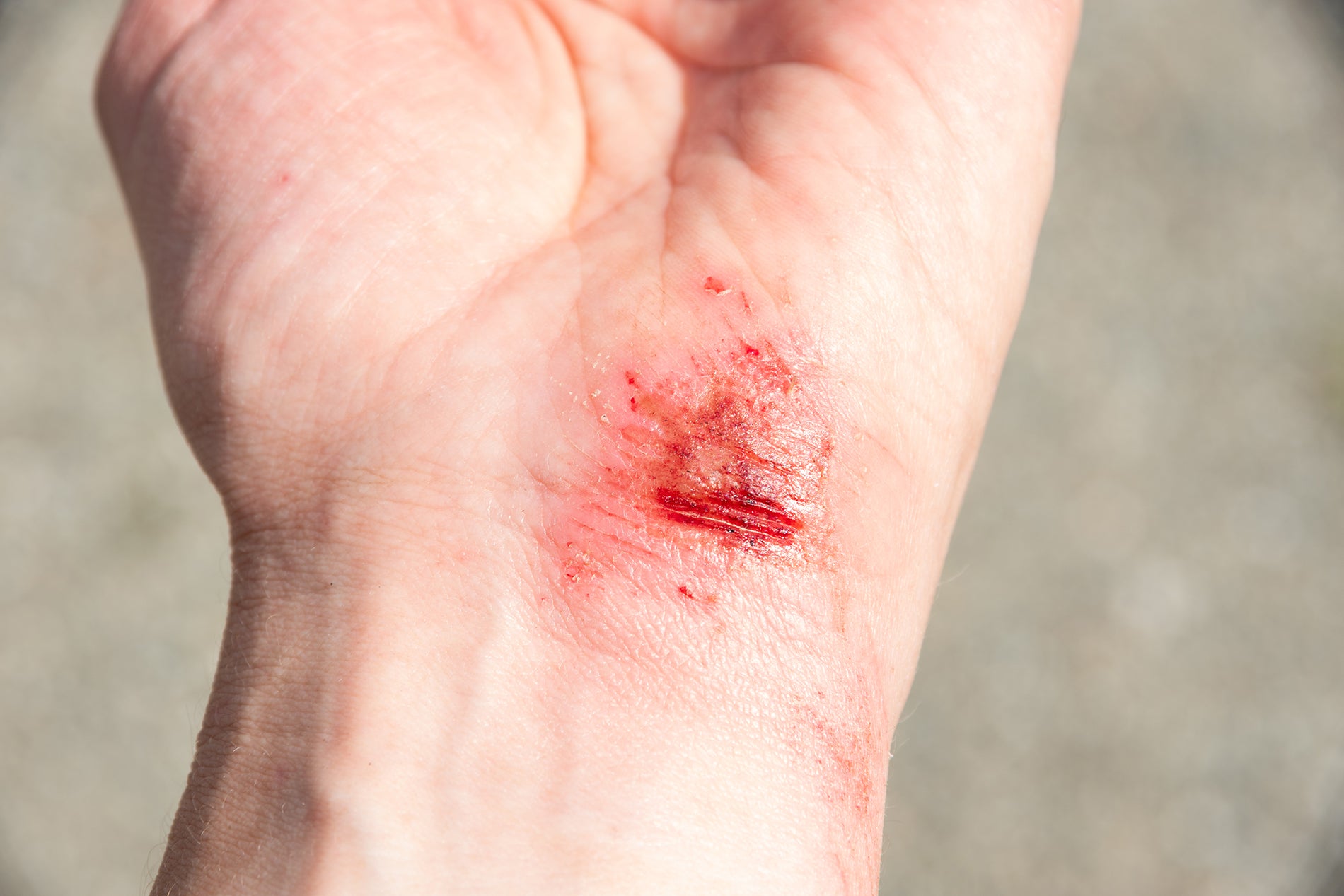
The aim of this study was to investigate the effect of stabilized hypochlorous acid solution (HOCl) on killing rate, biofilm formation, antimicrobial activity within biofilm against frequently isol...
Read more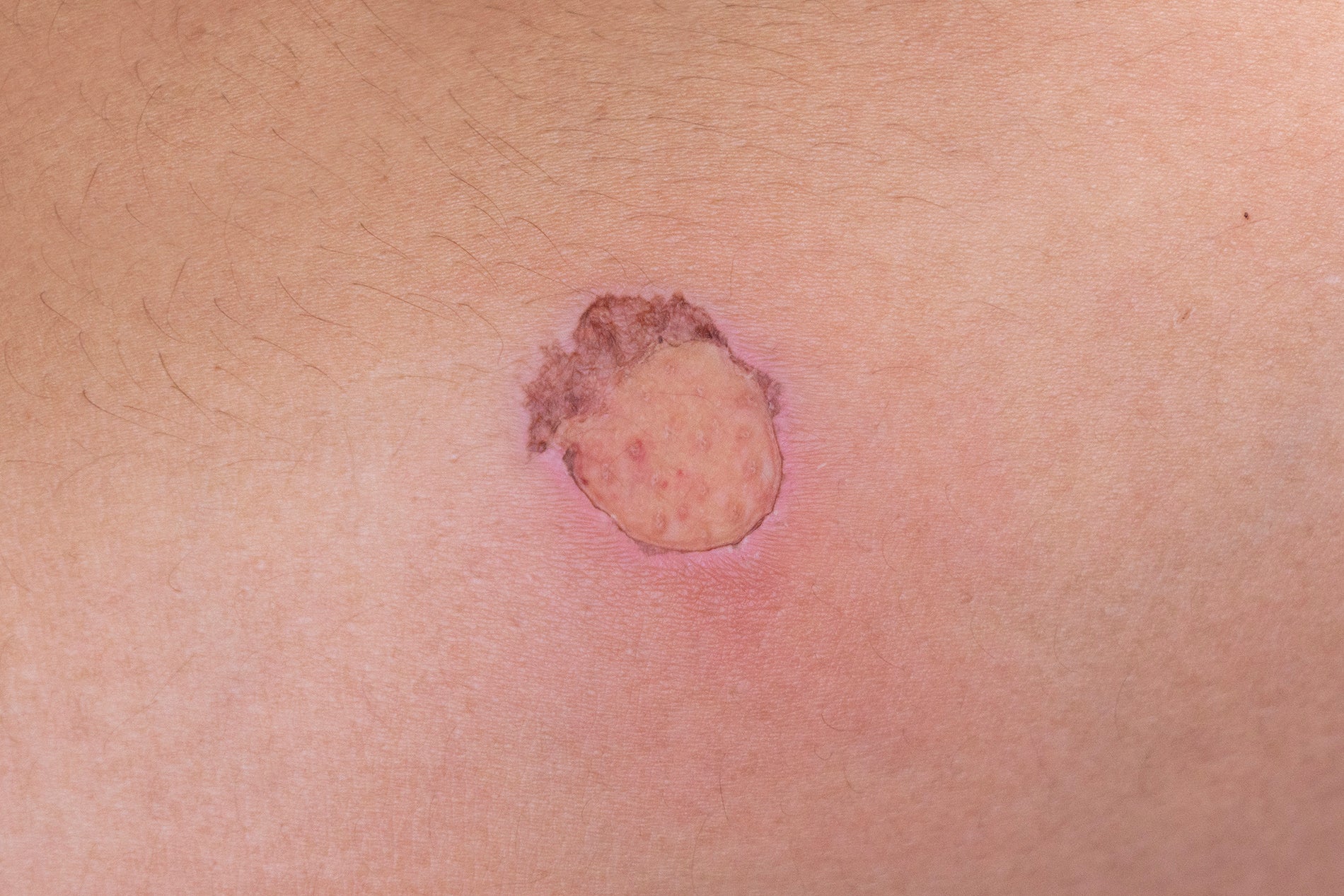
Neutralize toxins that eat away flesh by irrigating the wounds of necrotizing fasciitis patients with a substance called hypochlorous acid (HOCl), a natural chemical produced by white blood cells a...
Read more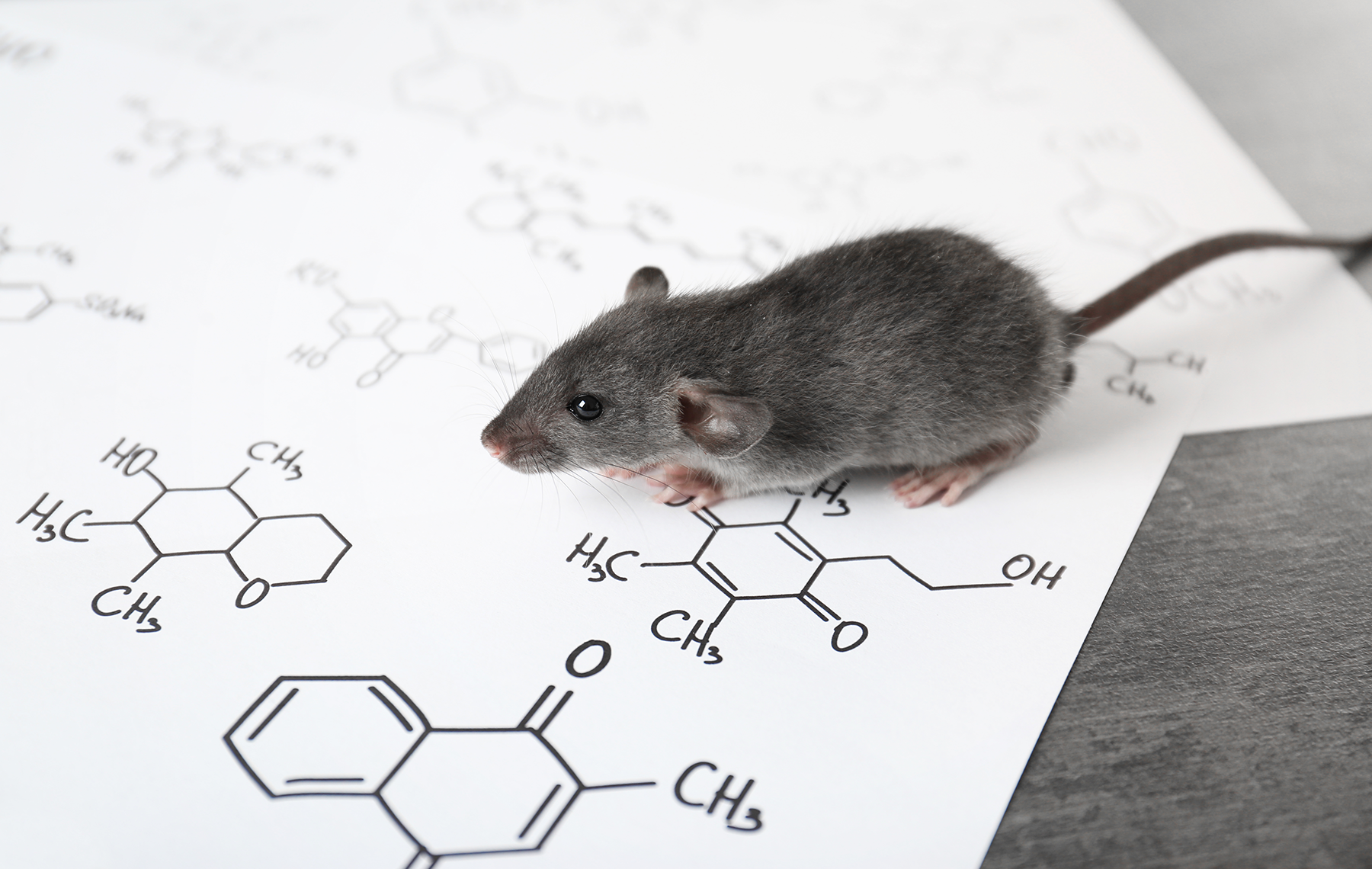
Topical Hypochlorite Ameliorates NF-kB-Mediated Skin Diseases in Mice
Exposure of human keratinοcytes to 0.005% HOCl for 1 hour prior to TNF-α stimulation eliminated the induction of both genes.
Read more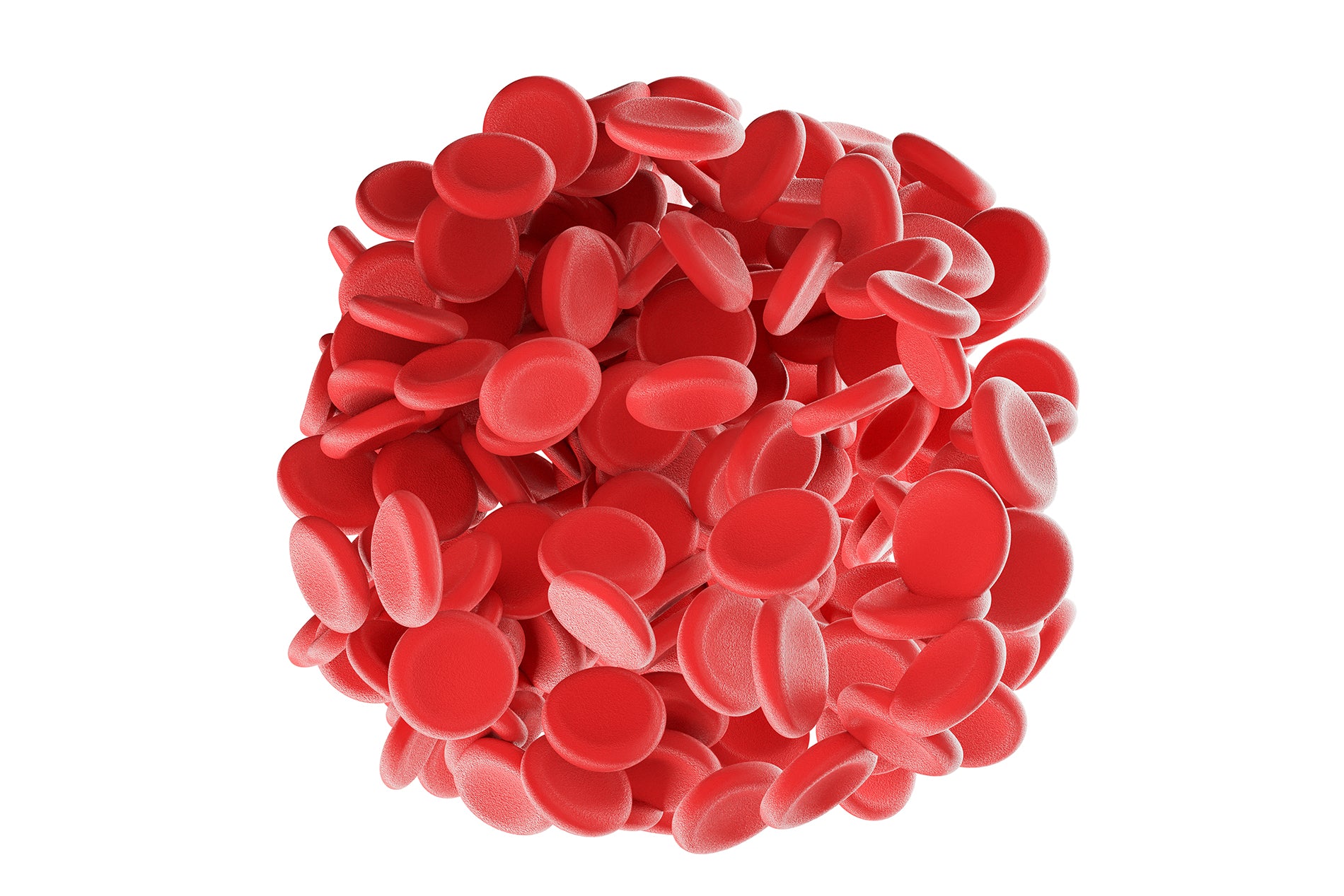
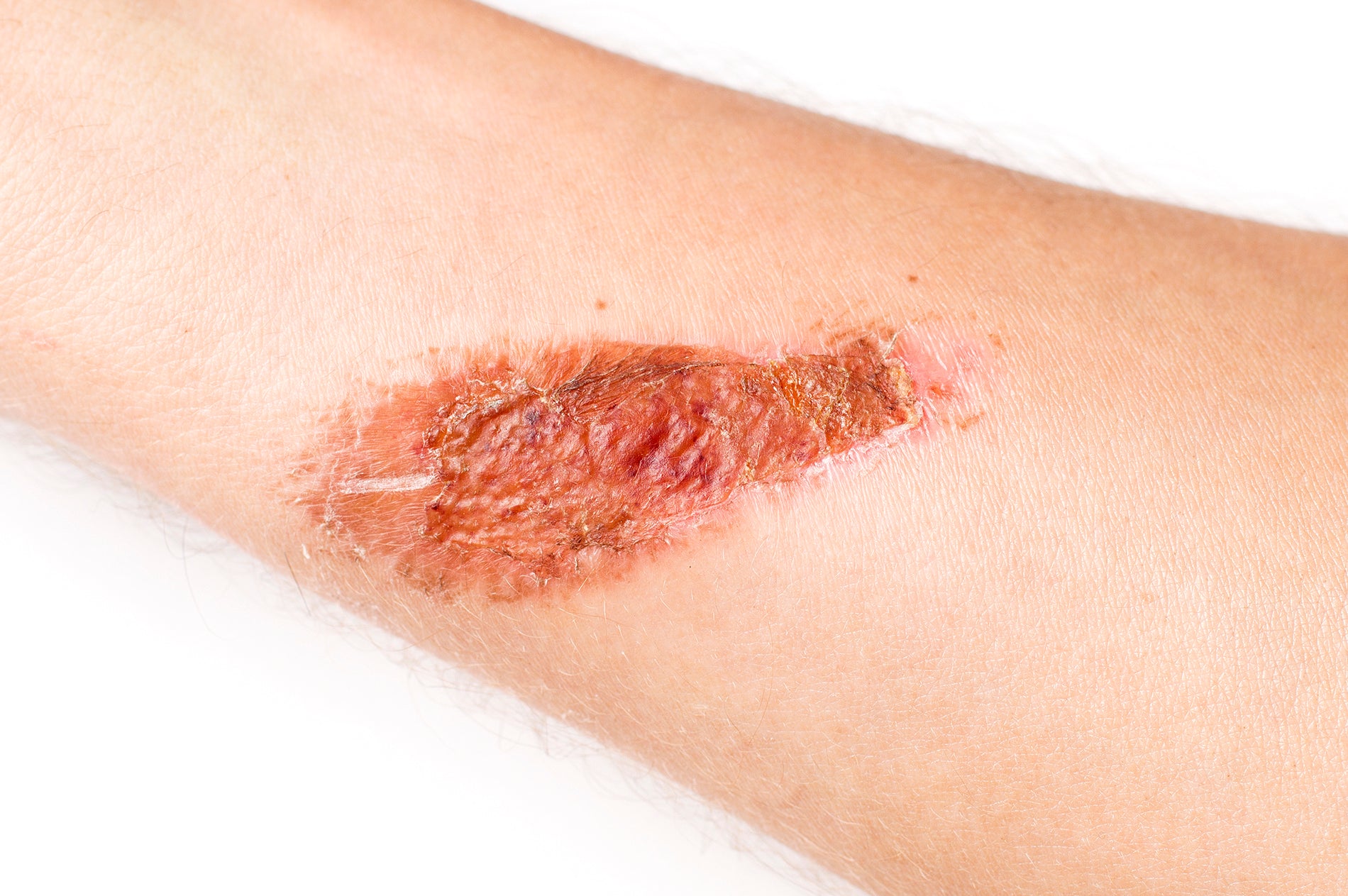
Hypochlorous Acid as a Potential Wound Care Agent
HOCl is known to be the major strong oxidant produced by neutrophils, and is a potent microbicidal agent within these cells. Experimentally, it has been estimated that neutrophils stimulated in vit...
Read more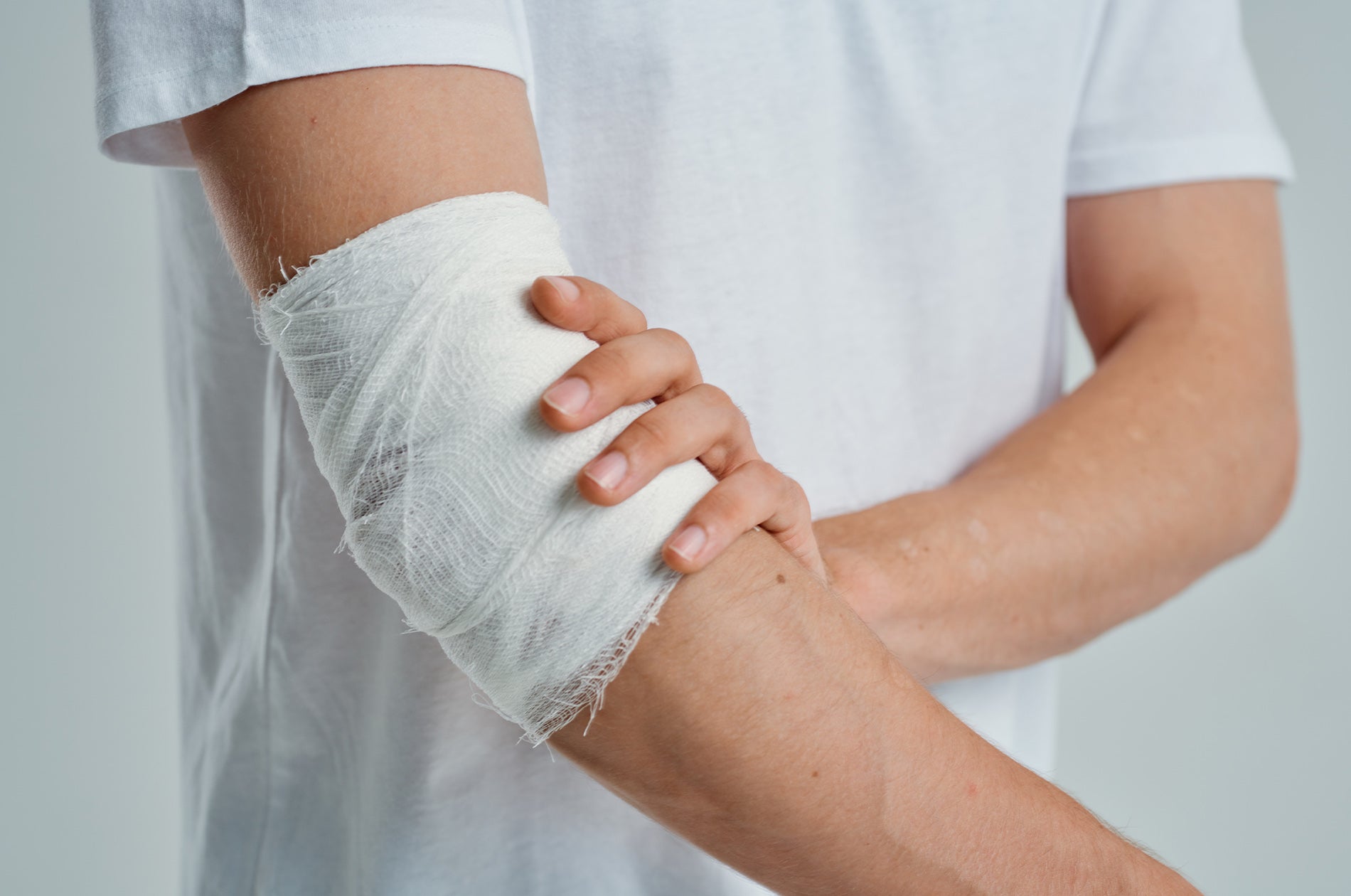
This stabilized form of hypochlorous acid (NVC-101) could have potential application as an antimicrobial wound irrigation and treatment solution if its effective pH range can be maintained in the c...
Read more
In our observations on the hypochlorites we found that hypochlorous acid is a more potent germicide than its salts, and we have accordingly-devised a method in which the free acid is employed as th...
Read more